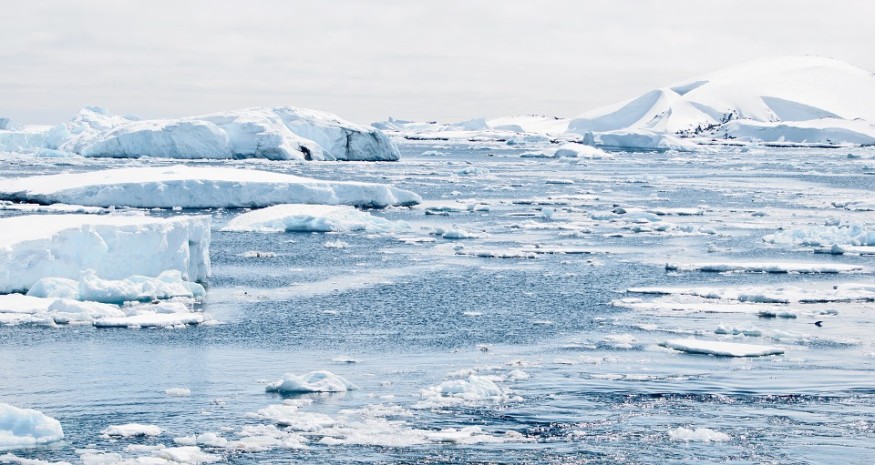
A study on the Denman Glacier in East Antarctica has assessed the changes it has undergone during the last 22 years. This has been published in the Geophysical Research Letters, a journal of the American Geophysical Union.
The proponents of the study were from the Jet Propulsion Laboratory (JPL) of NASA as well as scientists from the University of California Irvine (UCI). The researchers found that in the last 22 years, Denmar retreated five kilometers, or almost three miles, and they are concerned that the shape of its ground surface beneath may make it more susceptible to collapse from climate change.
According to the researchers, if Denman will be fully thawed, sea levels across the globe will rise by roughly one and a half meters or nearly five feet. Due to this danger, they conducted the most extensive examination so far made on Denmar and its surroundings. They published their findings in a paper entitled, "East Antarctica's Denman Glacier has retreated almost 3 miles over last 22 years: Scientists assess ice sheet with potential to raise global sea levels nearly 5 feet."
According to UCI Donald Bren Professor and Chancellor's Professor of Earth System Science chair Eric Rignot, scientists have long thought that East Antarctica has been less threatened by melting. However, with glaciers like Denman being more closely scrutinized, they found potential instability of the marine ice sheet in the region.
Rignot added that West Antarctica's ice has recently been melting faster, but Denman's sheer size makes it significant as a cause of long term rising of sea levels. The study revealed that the Denman Glacier cumulatively melted and lost a total mass of 268 billion tons from 1979 to 2017.
With radar interferometer data from the Italy's COSMO-Sky Med satellite system, the researchers were able to determine a more precise grounding line for the glacier, the point at which its ice breaks off and starts floating away.
Virginia Brancato, a NASA JPL postdoctoral fellow and lead author of the study, noted that there was a marked asymmetry at the retreat of the grounding line at the land-sea interface. She added that Denman's western flank has a steep and deep trough, having a bed slope prone to an accelerated retreat. She further noted that there is a potential for quick and irreversible retreat in this area, which will cause substantial sea level increase.
Another study published in Nature Geoscience noted that Denman Glacier's trough is the deepest land canyon known on Earth, extending 3,500 meters below the surface of the sea. According to Rignot, this bed configuration is unique in the eastern sector because major glaciers has prograde beds sloping down towards the flow direction, which gives them a measure of stability.
According to UCI News, it will be important to track Denman's floating extension, which measures 24,000 square kilometers, because its ice tongue has been losing three meters per year, above the average loss of other ice shelves in East Antarctica.
© 2025 NatureWorldNews.com All rights reserved. Do not reproduce without permission.





